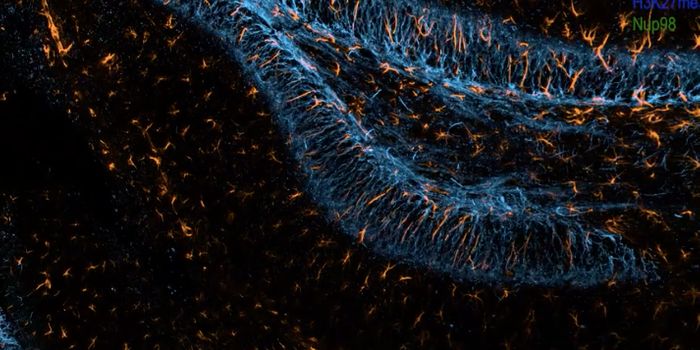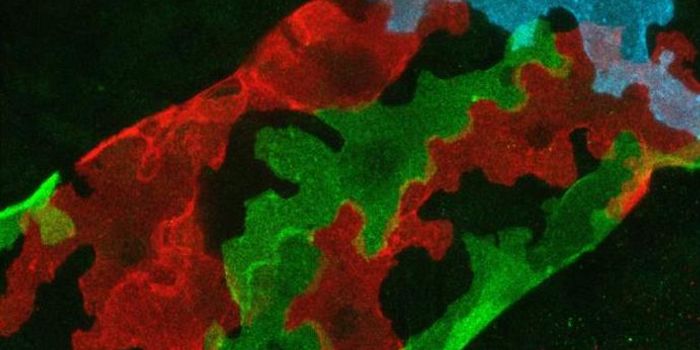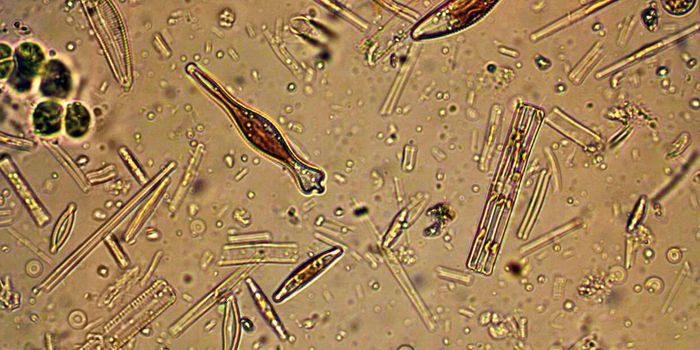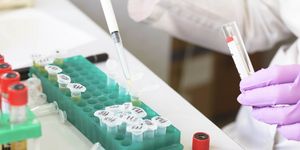Gut Bacteria Can Modify Brain Proteins
The microbes in the human gastrointestinal tract can have a significant influence on human health and disease, and this gut microbiome has been associated with a wide array of characteristics and conditions. Recent research has even shown that the gut microbiome is directly linked to the human brain through the vagus nerve, and there are close connections between the two. Other recent work has revealed more about how bacteria in the gut microbiome can trigger molecular changes in the brain. This study, which was reported in Nature Structural & Molecular Biology, has described a process in which gut bacteria seem to influence the modification of human brain proteins; this modification is called glycosylation, in which proteins are tagged with carbohydrate groups.
In this study, the scientists used a method they created called DQGlyco so that they could study glycosylation at high scale and resolution. This effort reevaled differences in glycosylation patterns among cerebral proteins in mice that were raised with, or without gut microbes. Glycosylation can alter how proteins function, and by extension, may change cells. This process can influence adhesion, where cells can attach to one another; or cellular movement or signaling.
"It is involved in the pathogenesis of several diseases, including cancer and neuronal disorders," noted first study author Clément Potel, a Research Scientist at EMBL Heidelberg in the lab of senior study author Mikhail Savitski, Head of the Proteomics Core Facility at EMBL Heidelberg, among other appointments.
Studying glycosylation has been challenging, however, because glycosylated proteins are typically only present at low levels in the cell.
With DQGlyco, the researchers were able to measure and identify glycosylated proteins in a mouse model. They identified more than 150,000 proteins altered by glycosylation, about 25 times more than any previous study. With this tool, scientists can make more accurate comparisons about glycosylation in different cells and tissues.
The technique is sophisticated enough to reveal microheterogeneity, in which hundreds of different sugar groups could potentially modify a site on a protein. There is microheterogeneity is human blood groups, for example. In this case, different sugar groups on red blood cells determines what blood type a person may have. Now, microheterogeneity can be studied in many contexts.
"I think the widespread prevalence of microheterogeneity is something people had always assumed but that had never been clearly demonstrated, since you need to have enough coverage of glycosylated proteins to be able to make the statement," noted study co-author Mira Burtscher, a graduate student in the Savitski lab.
The researchers found that normal mice have different glycosylation patterns in proteins in the brain compared to mice that are raised without a microbiome and in a sterile environment - so-called germ-free mice. These glycosylation differences were notable in proteins related to cognition and neuronal growth.
Now, the investigators are using machine learning tools to analyze glycosylation data and potentially, predict variations in human protein glycosylation sites.
Sources: European Molecular Biology Laboratory, Nature Structural & Molecular Biology









